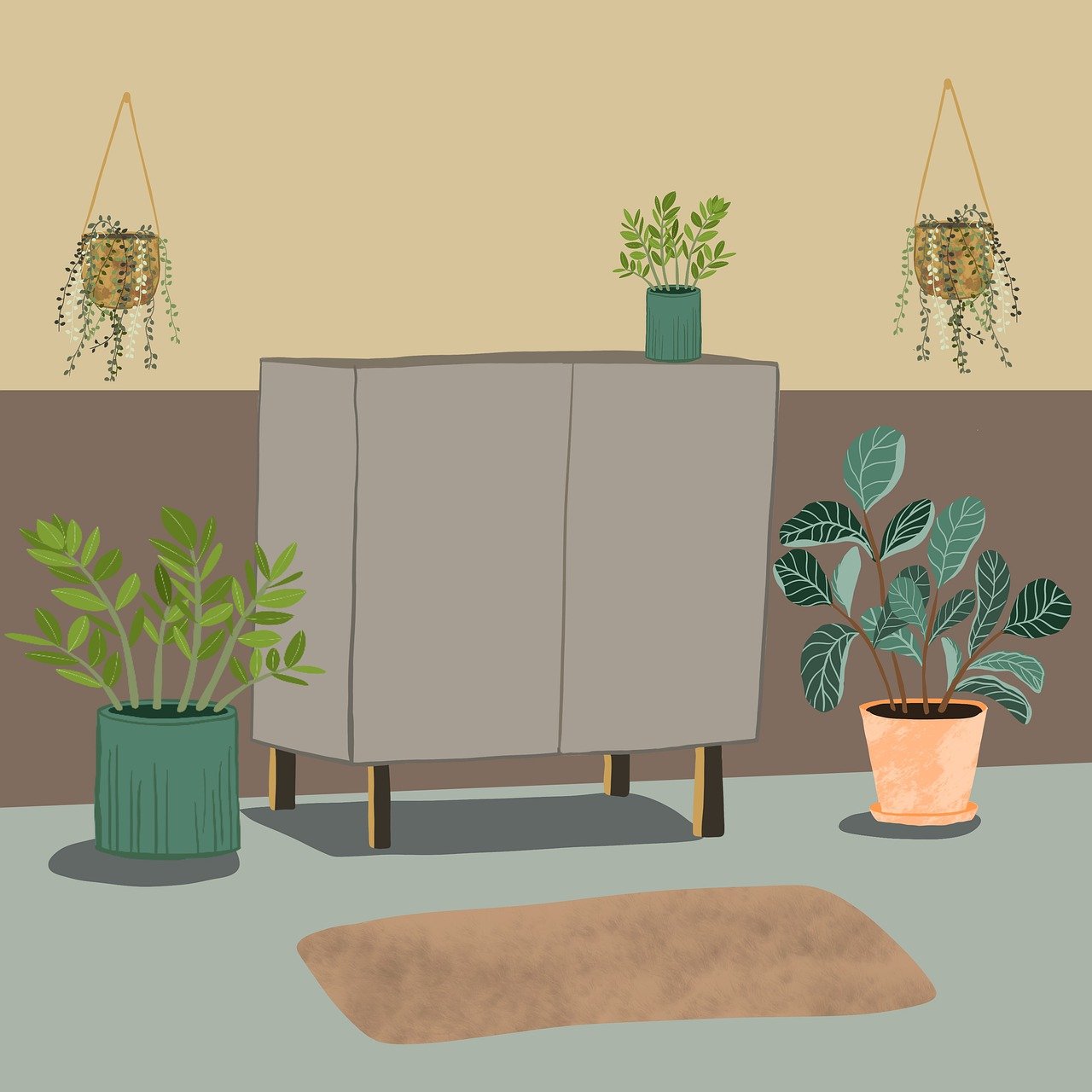
When building a home, there are countless ways to make it unique and special. From choosing the best materials to keeping the process environmentally friendly, there are many factors to consider. First, investing in high-quality materials like wood floors and cabinets can ensure that your home is built to last. Additionally, incorporating environmentally friendly features like solar panels and maximizing natural light through windows can help reduce your environmental footprint. Lastly, considering the floor plan specifications, such as an open layout and a spacious kitchen, can make your home more comfortable and functional. By keeping these three tips in mind, you can create a home that is not only beautiful but also sustainable for the future.

Choose the Best Materials
When building a home, one of the most important considerations is choosing the best materials. Investing in high-quality materials not only ensures the longevity of your home but also enhances its overall aesthetic appeal. It’s advisable to seek out companies that specialize in wood and other desirable materials. By using wood floors, cabinets, and garages, you can create a warm and inviting atmosphere. Wood adds a touch of elegance to any space and can easily be incorporated into different design styles.
In addition to wood, another great material to consider is intricate yet neutral tiles. These tiles can add a timeless and sophisticated look to your home. For instance, using white and black tiles for your bathroom floor can create a cute and simple design. White tiles, on the other hand, provide a fresh and clean appearance. Although they may require more frequent cleaning, the effort will be well worth it in order to maintain your home’s pristine condition.
Keep Your Home and Building Process Environmentally Friendly
In today’s world, it’s important to consider the impact of our actions on the environment. When building a home, there are several steps you can take to reduce your environmental footprint. One of the most popular options is installing solar panels. Solar panels harness the power of the sun to generate electricity, reducing your reliance on non-renewable energy sources and helping to combat climate change.
Another way to make your home more environmentally friendly is to maximize natural light by incorporating large windows into your design. This not only reduces the need for artificial lighting during the day but also creates a bright and cheerful atmosphere. Additionally, building your home in a neighborhood with recycling services can make it easier for you to participate in recycling programs and reduce waste.
Furthermore, you can make a positive impact on the environment by starting a garden. Growing your own vegetables not only provides you with fresh and healthy produce but also contributes to the overall improvement of the environment. Gardens increase greenery and biodiversity, and they can serve as a fun and educational activity for the whole family. Additionally, having your own garden can help you save money on groceries, which is always a plus after investing in a new home.
Lastly, consider sustainable transportation options during the moving process. Choosing options like biodiesel or electric cars can help minimize your carbon footprint. By being conscious of how your home-building and moving process impacts the environment, you can make a positive difference and ensure a better future for all.

Floor Plan Specifications
When designing the floor plan for your new home, there are several factors to keep in mind. One of the most important considerations is opting for an open floor plan. This modern and versatile layout allows for a more comfortable and spacious living area. Open floor plans eliminate the traditional barriers between rooms and allow for a seamless flow between different areas of the house. This flexibility makes it easier to arrange furniture and adapt the space to suit your preferences.
Additionally, it’s crucial to consider entryways and doors when designing your floor plan. Entryways are the first impression visitors have of your home, so they should be welcoming and functional. The placement and design of doors are also essential for creating privacy and defining different areas of your home. By carefully planning these details, you can ensure that your home is both stylish and functional.
Lastly, prioritize making the kitchen the largest room in the house. The kitchen is often considered the heart of the home and is where people spend a significant amount of time. By maximizing the size and functionality of your kitchen, you can create a space that is not only efficient for cooking but also perfect for entertaining guests. Consider adding an island and seating area to accommodate social gatherings and create a warm and inviting atmosphere.

In Conclusion
When building a home, it’s essential to choose the best materials, keep the process environmentally friendly, and carefully consider the floor plan specifications. By investing in quality materials like wood floors, cabinets, and garages, you can create a luxurious and inviting space. Incorporating intricate yet neutral tiles adds a timeless touch to your home’s design.
To reduce your environmental footprint, consider installing solar panels and maximizing natural light through large windows. Building in a neighborhood with recycling services and starting a garden are additional ways to contribute to a sustainable lifestyle. Lastly, when designing the floor plan, opt for an open layout, pay attention to entryways and doors, and make the kitchen the focal point of your home.
With these tips in mind, you can ensure that the home you build is unique, high-quality, and environmentally friendly. So go ahead, get creative, and enjoy the process of building your dream home!






